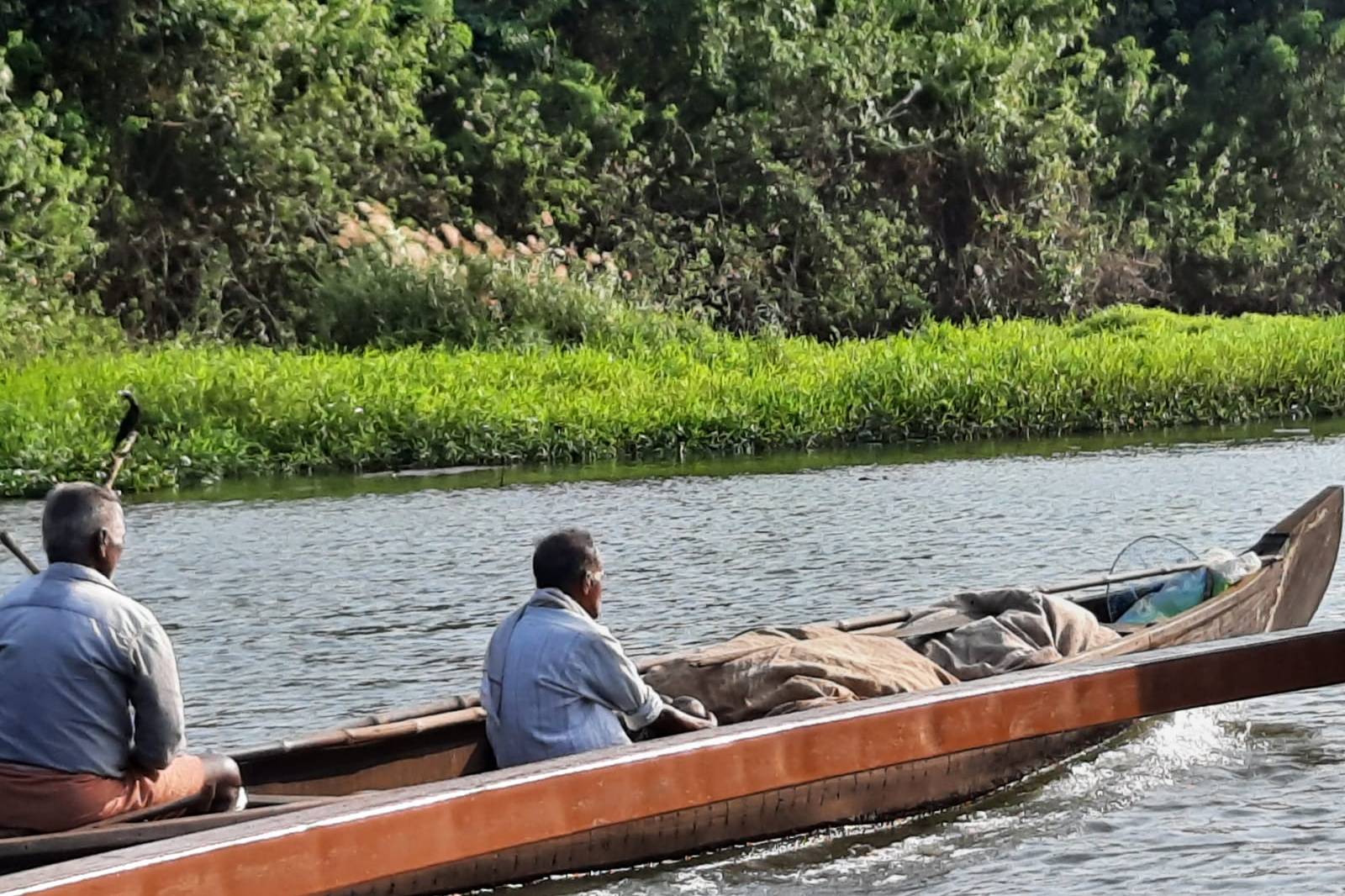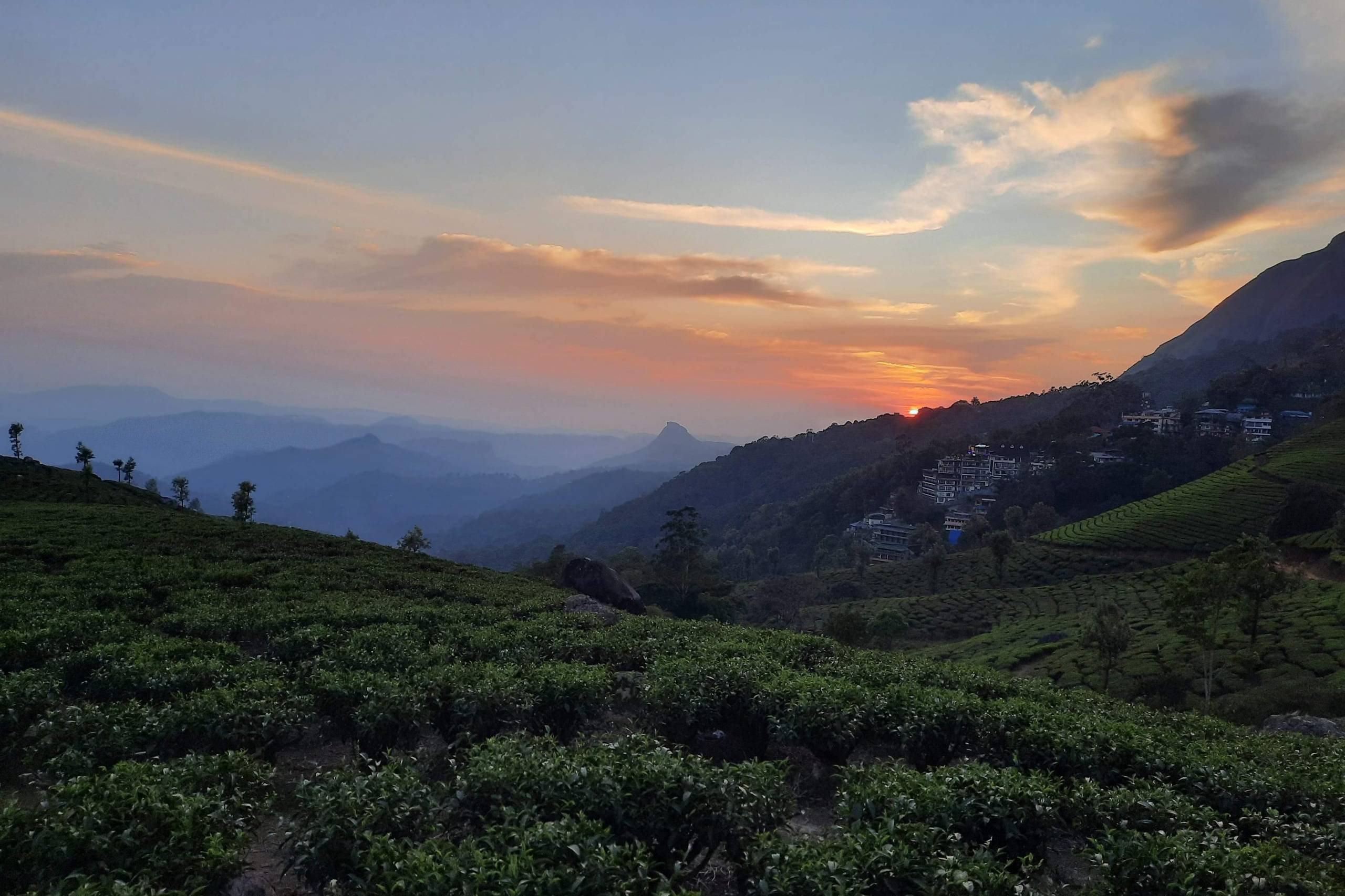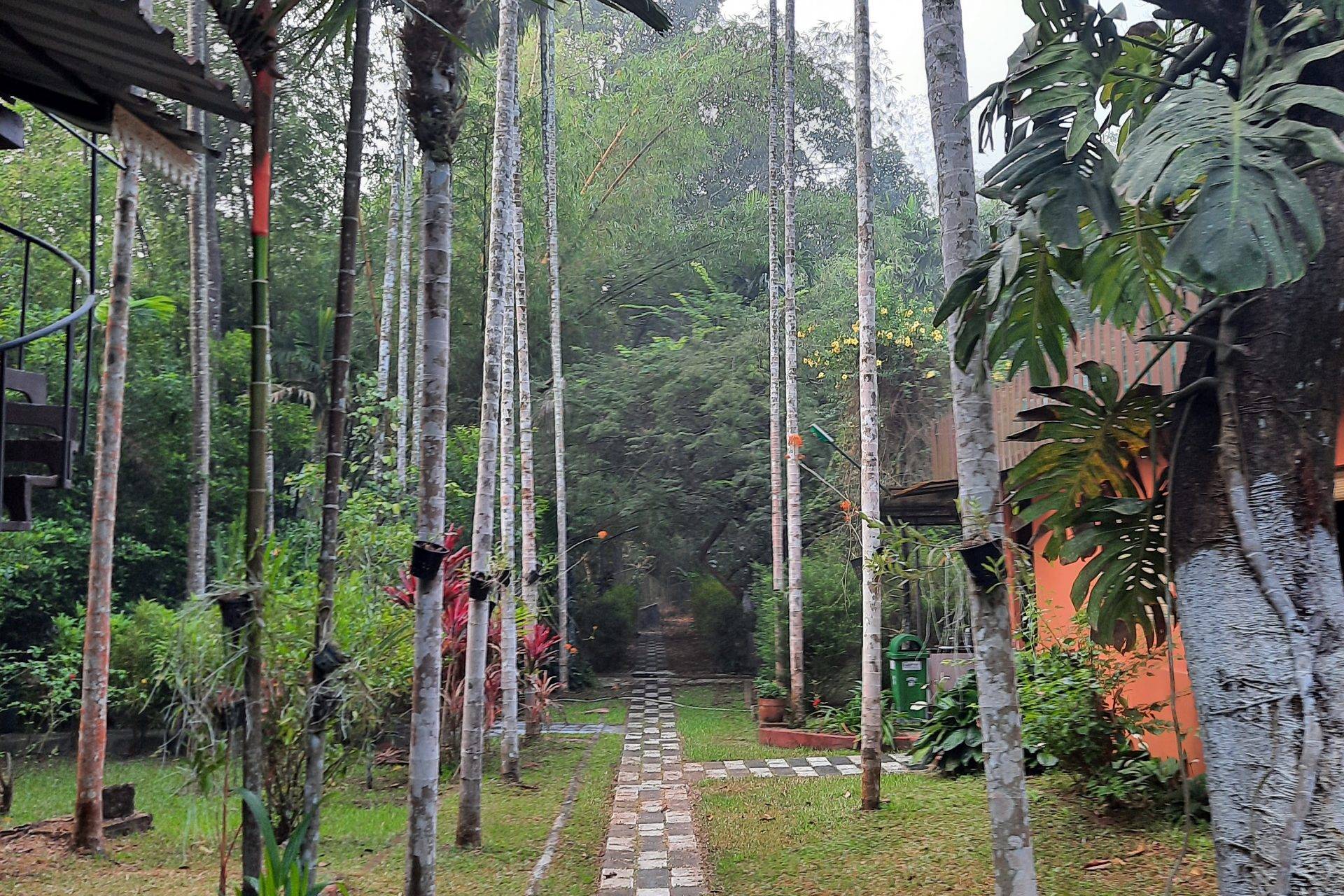Have you ever heard of Idli? Dosa? Uttapam? Chutney? If only that last word sounds familiar, I will assume that you haven’t spent much time in Southern India. On a recent trip to Kerala, the southern most state of India, we explored not only the yoga scene, the rolling tea estates and the flowing backwaters, but also the expansive vegetarian culinary scene.
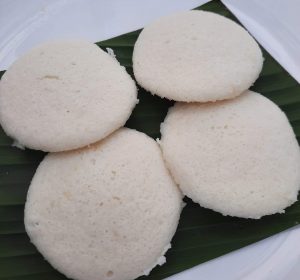
Kerala, in the local Malayam language, means coconuts, and coconuts abound both on the ever present palm trees and in the spicy cooking found in the Keralan kitchen. Whether grated, ground, or in the form of milk, you can taste coconut in many of the local dishes. But even more pronounced than the coconut is rice! Kerala is the rice basket of the entire India, and that is a lot of rice!
Taking a bike ride around the backwaters of Kerala, we spied bright green rice paddies that seemed to roll on till they met the horizon. Keralan rice is especially prized, not only locally but throughout India. There isn’t a meal, whether it be breakfast, lunch or dinner, that rice does not figure prominently on the menu. Keep in mind that the rice does not need to actually look like rice. Typical white steamed rice is ubiquitous of course. But far more interesting, at least to this pair of Western eyes, was the many forms that rice takes in breads, pancakes, pasta, pizzas, deserts, and just about everything else you can think of.
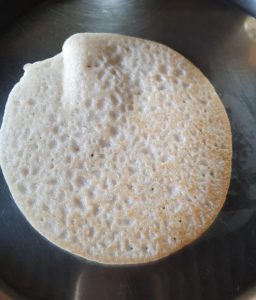
Idli is probably the quintessential Keralan dish. It is a steamed bun made from soaked, ground and fermented rice and yellow lentils (called urad dal). It is a typical breakfast food and while that seemed strange at first, buying an Idli pot in the Kochi market became a priority for me as I hoped to continue making them back home in Israel. Served with either sambar ( a rather thick, spicy gravy with vegetables floating in it) or chutney-either tomato, coconut or both, we grew to love this dish. The same batter that constitutes the idli also serves as the basis for dosa, a thin crispy pancake that is sometimes served on it’s own with chutney and often filled with spicy potatoes. Unfortunately, my skill at dosa making leaves something to be desired, and I have yet to make a successful dosa. I guess that is reason enough to want to return to Kerala.
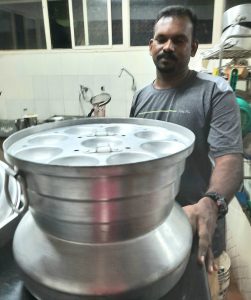
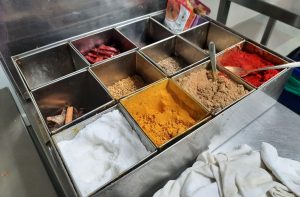
Slowly travelling around Southern India allowed us to not only sample a wide variety of vegetarian foods, but actually learn how to make them. I was fortunate to cook in several kitchens picking up many tips, techniques and recipes. One tip for example is the spice tray. Because Indian cooking is so heavily based on spices, often using ten or more different ones, it is important to have all, or at least most of them at the ready. To this end the Indian’s have a round spice tray that holds at least seven spices, and often more. These usually include chilli powder, tumeric, cardamom seed, cinnamon stick, mustard seed, cumin seed, ground coriander, and garam masalah. With my spice tray at the ready, I can easily throw in a pinch of this or a teaspoon of that as the fragrant curry simmers on the stovetop.
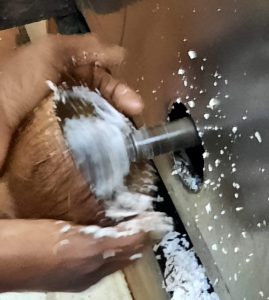
In one of the kitchens I cooked in I enjoyed watching the kitchen workers grind fresh coconut. The pile of coconuts was high, but this experienced women made short work of the coconuts creating a pile of ground/grated coconut to be used in so many of the recipes. I decided that bringing one of those pieces of equipment home would not be useful, since fresh coconuts are not abundant where I live, and I rely on dried coconut or coconut milk. But, I did find an Idli pot in the Fort Kochi market, bringing it home in my (overweight) suitcase. And yes, I have used it weekly since arriving home! First I soak the rice and lentils for six hours. Then I grind them in a strong blender. After that the batter needs to ferment for 12-24 hours. Only then is the batter ready. Idli’s are steamed so this pot is made of two layers that sit upon boiling water. Each layer has several indentations for the thick batter which cooks in a mere seven minutes, so while the preparation of the batter takes about 24 hours, the actual cooking time turns Idli into a fast food. Swasthi’s Recipes– an Indian food blog is a wonderful site with excellent recipes for the home cook, and she has helped me flesh out the notes I took while on site in India.
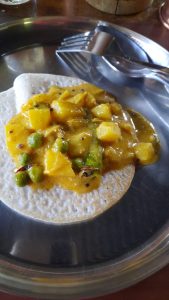
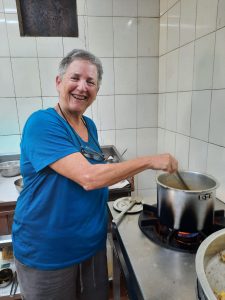
As a kosher eater, vegetarian India is a delight, offering pure veg restaurants and hotels everywhere you go, where there are no animal products to be found, except for butter and paneer, the soft white cheese that graces the iconic Palak Paneer (a dish that while not Keralan in origin, can be found in most restaurants). Connecting around food is a wonderful way to learn about a culture, a country, and a people. Slow travel doesn’t get better than this!

